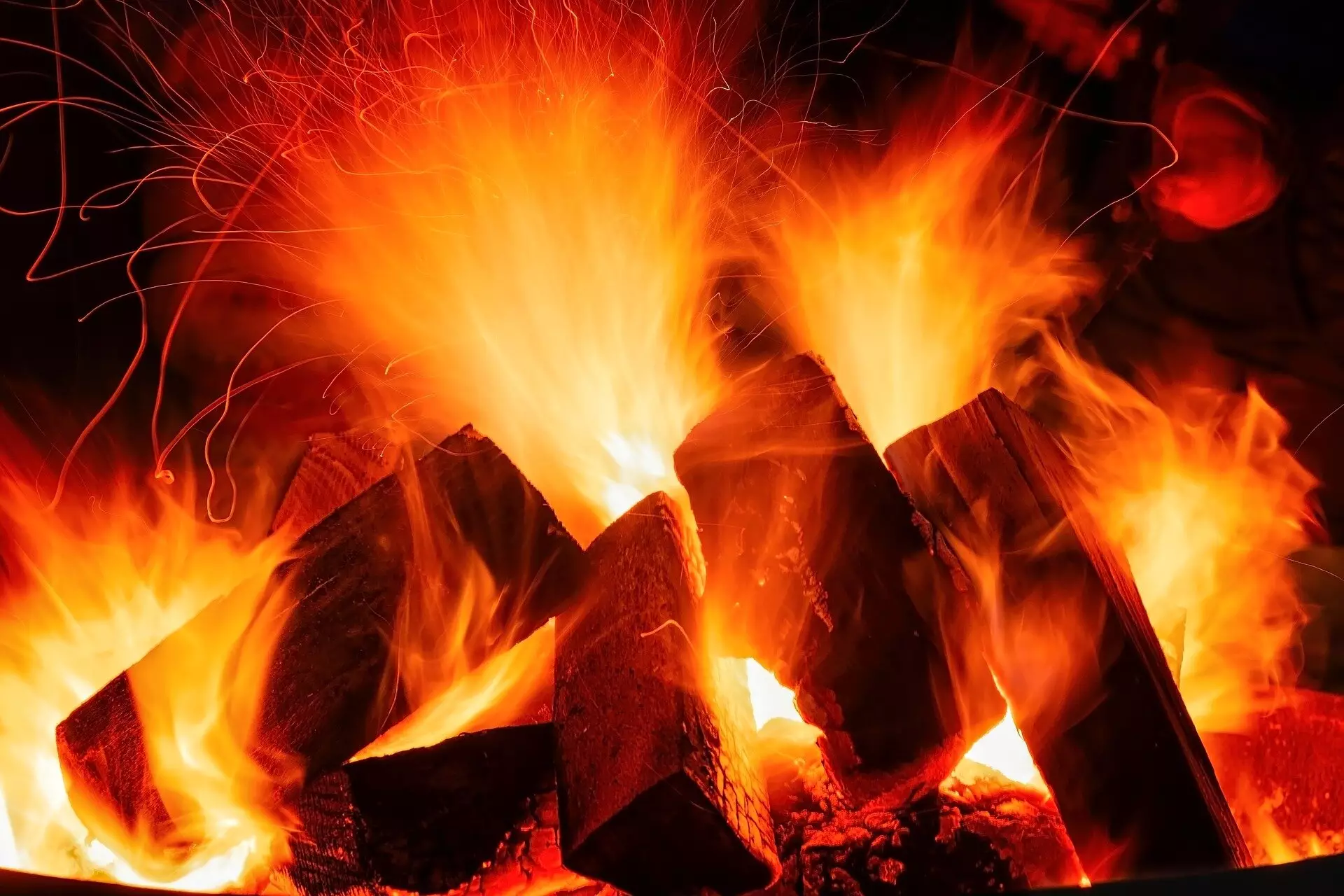Firebrick technology, with its roots tracing back to the Bronze Age, is proving to be a groundbreaking solution in the fight against climate change. Recent research from Stanford University published in PNAS Nexus suggests that utilizing heat-absorbing bricks can facilitate the ambitious goal of achieving net zero emissions by 2050, as outlined by the United Nations. This innovative technology involves assembling bricks in an insulated container, allowing them to store heat generated by renewable sources such as solar or wind power. By releasing this stored heat when needed for industrial processes, firebricks offer a cost-effective and efficient way for factories to operate on renewable energy even in the absence of direct sunlight or wind.
Unlike traditional batteries used for energy storage, firebricks store heat instead of electricity and are significantly more economical, costing only a fraction of what batteries do. These bricks, composed of materials similar to those used in ancient kilns and furnaces, have been optimized to prioritize heat storage rather than insulation. The simplicity and affordability of firebrick technology make it an attractive solution for industries requiring high-temperature heat for manufacturing processes, such as cement, glass, iron, and steelmaking.
Redefining Industrial Processes
Industrial sectors contribute a significant portion of global carbon dioxide emissions, with approximately 17% stemming from the burning of fossil fuels to generate heat. By transitioning to renewable sources for industrial heat production, emissions can be drastically reduced. Firebricks play a crucial role in this transition by storing energy in a form that can be directly utilized for industrial purposes, minimizing energy conversion inefficiencies. This shift not only benefits the environment by curbing emissions but also enhances energy security and creates job opportunities in the renewable energy sector.
The Stanford-led research delves into the potential impact of widespread adoption of firebrick technology for industrial heat storage across 149 countries. In a hypothetical future scenario where all energy needs are met through renewable sources, firebricks could offer a faster and more cost-effective transition compared to conventional methods. Computer models were employed to compare different scenarios, highlighting the significant capital cost savings and reduced reliance on the grid and expensive energy storage capacities associated with firebrick utilization.
The adoption of firebrick technology is not only an economic decision but also a crucial step towards mitigating air pollution and addressing public health concerns. Studies have shown that emissions from fossil fuel combustion lead to millions of premature deaths annually, making the shift to cleaner energy sources imperative. By replacing combustion fuels with electricity through innovations like firebricks, the environmental and health benefits are substantial. Moreover, the affordability and scalability of firebrick technology make it a practical solution for governments and industries seeking rapid and impactful transitions to renewable energy.
Looking Ahead: A Sustainable Future with Firebricks
Lead researcher Mark Z. Jacobson, renowned for his work on air pollution and climate solutions, emphasizes the transformative potential of firebrick technology in expediting the global shift to clean energy. By offering a simpler, cost-effective alternative to traditional energy storage methods, firebricks have the capacity to revolutionize industrial processes and reduce reliance on fossil fuels. Jacobson’s vision for a sustainable future built on the foundation of firebrick technology represents a significant milestone in the journey towards achieving climate goals and ensuring a cleaner, healthier planet for future generations.


Leave a Reply
You must be logged in to post a comment.